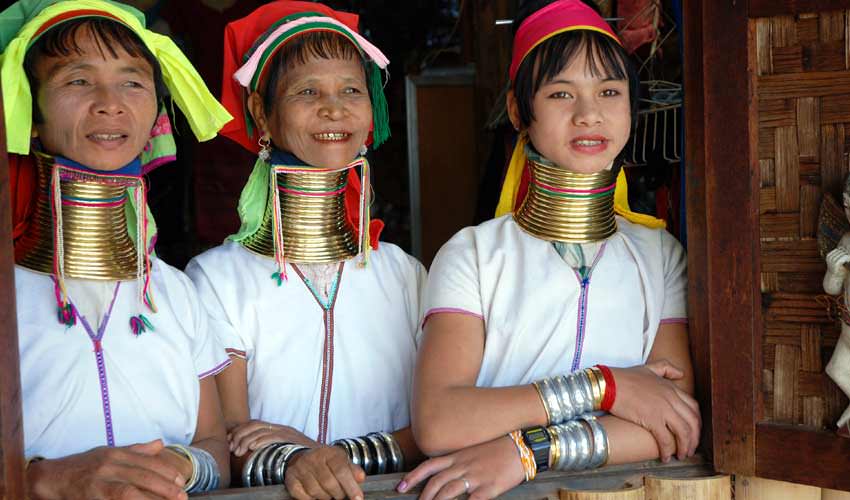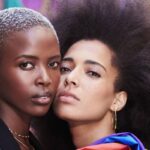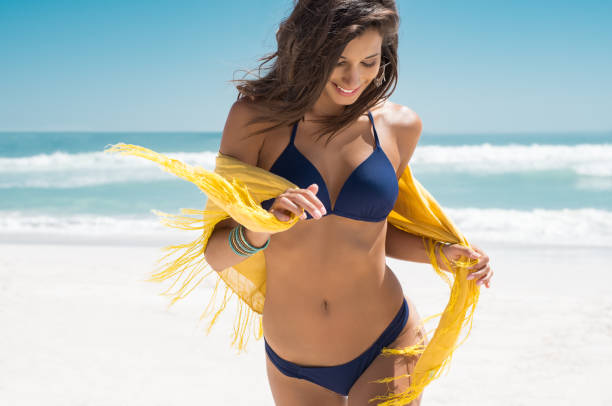Beauty is a universal concept that has been defined in many different ways across cultures and throughout history. What is considered beautiful in one culture may be entirely different in another. The way we perceive beauty is shaped by our cultural traditions and beliefs, and this can have a profound impact on our sense of self and our place in the world. In this article, we will explore how culture shapes beauty ideals, the intersection of beauty and identity, and the impact of globalization on local beauty standards.
The Influence of Culture on Beauty Ideals
Beauty standards are shaped by a variety of factors, including historical and cultural context, social norms, and individual preferences. In some cultures, physical characteristics such as skin tone, hair texture, and body shape are highly valued, while in others, features such as facial symmetry, youthfulness, and smooth skin are seen as more important.
Cultural and historical context plays a significant role in shaping beauty ideals. For example, in ancient Greece, a plump figure was seen as a sign of beauty, while in Victorian England, pale skin and delicate features were considered the ideal. Similarly, in some African cultures, elongated necks and stretched earlobes are seen as beautiful, while in Western cultures, these features may be considered unusual or unattractive.
Factors that shape beauty ideals in different cultures can also include religion, mythology, and traditional beliefs. In some cultures, certain physical characteristics may be seen as a symbol of wealth, power, or fertility, while in others, beauty ideals may be influenced by spiritual or mystical beliefs.
The Intersection of Beauty and Identity
Beauty can be an important symbol of identity, both for individuals and for entire cultures. For example, in some cultures, traditional hairstyles or body modifications may be seen as a way of expressing cultural pride or identity. In other cultures, certain beauty standards may be seen as a way of conforming to social norms or expectations.
However, beauty ideals can also intersect with other aspects of identity, such as race, ethnicity, and gender. For example, in Western cultures, fair skin and straight hair have historically been associated with beauty, while darker skin and textured hair have been seen as less desirable. Similarly, in some cultures, masculine features may be seen as more attractive for men, while feminine features are valued for women.
The role of beauty in cultural traditions can also be significant. In some cultures, certain beauty practices, such as henna tattoos or face painting, may be used as part of traditional ceremonies or celebrations.
The Globalization of Beauty Ideals
In recent years, Western beauty standards have become increasingly dominant around the world, thanks in part to globalization and the spread of media and advertising. This can have a profound impact on local beauty standards and can lead to a loss of cultural diversity.
However, there has also been a rise in beauty diversity and inclusivity, with many brands and influencers promoting more diverse beauty ideals. This has helped to promote a more inclusive and accepting culture of beauty, which recognizes and celebrates the beauty of all individuals, regardless of race, ethnicity, or gender.
Conclusion
Culture plays a significant role in shaping our perceptions of beauty, and understanding this influence is important for promoting a more inclusive and diverse society. By embracing diverse beauty ideals and promoting cultural appreciation, we can celebrate the beauty of all individuals and create a more inclusive and accepting culture of beauty. Let us strive to appreciate the beauty of diversity and recognize the unique cultural traditions that shape our perceptions of beauty ideals.





